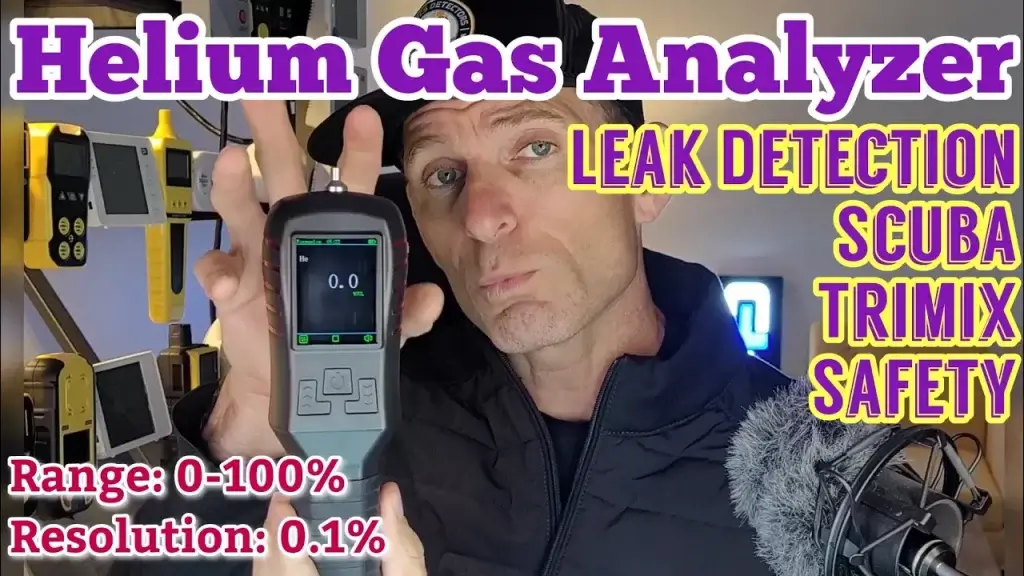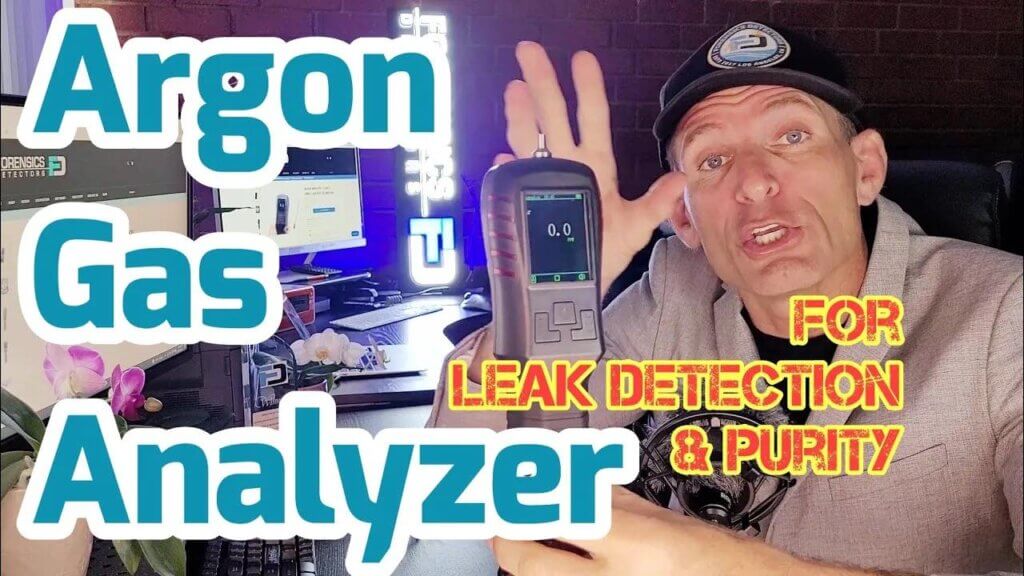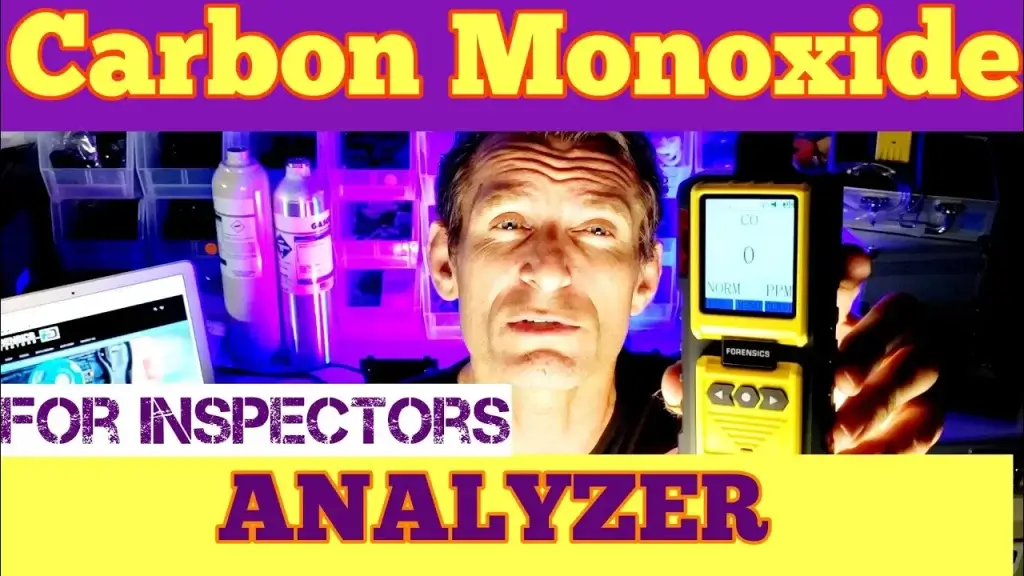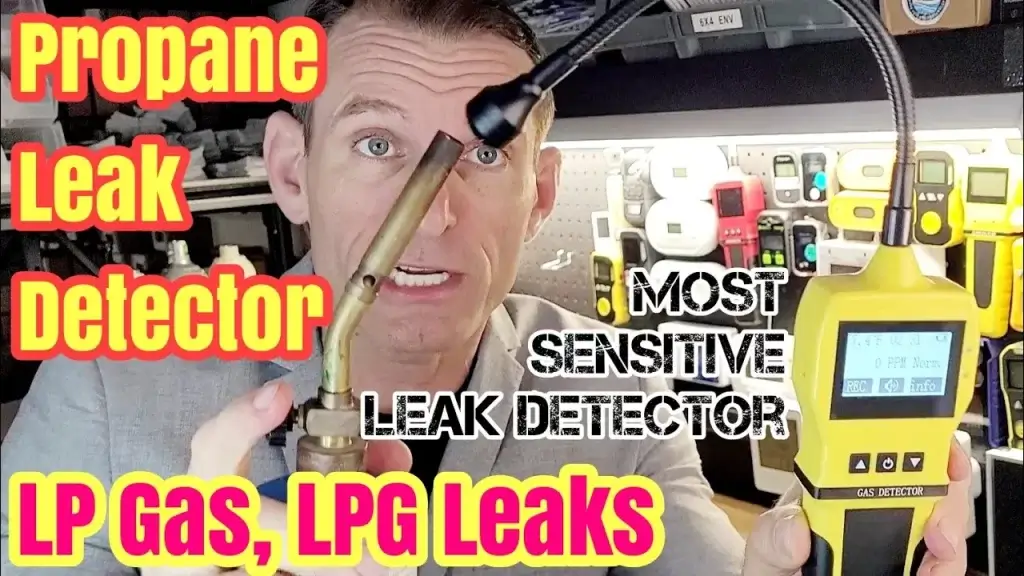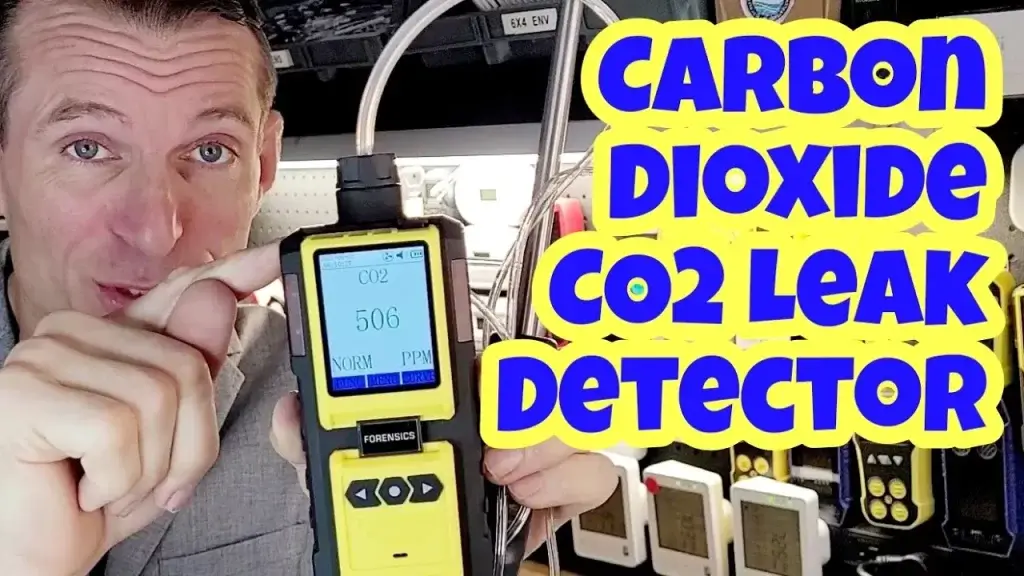Contents
- The Silent Danger In Vehicles: Carbon Monoxide
- Myths And Facts About Carbon Monoxide In Cars
- Recognizing The Symptoms Of Co Poisoning
- Why Drivers Must Be Vigilant
- Statistics And Stories: Real-life Co Incidents
- Risks Associated With Older Vehicles And Improper Maintenance
- Preventative Measures For Co-Leaks
- Regular Vehicle Inspections And Maintenance
- Choosing Safe Parking Habits
- Educational Initiatives And Public Awareness
- Outreach Programs For Driver Education
- The Role Of Social Media And Technology In Spreading Awareness
- Legal And Policy Responses
- Regulations On Vehicle Emissions And Safety
- Advocacy For Stricter Co Monitoring In Cars
- Frequently Asked Questions For Building A Culture Of Carbon Monoxide Leak Awareness For Drivers
- What Is Carbon Monoxide Poisoning?
- How Can Drivers Prevent Co Leaks?
- Signs Of Carbon Monoxide In Cars?
- Is Carbon Monoxide Leak Common In Vehicles?
- Conclusion
To enhance driver safety, fostering a carbon monoxide leak awareness culture is crucial. Educating drivers on the risks and prevention methods can save lives.
Carbon monoxide (CO) poisoning remains a silent threat on the road, often overlooked until it’s too late. With symptoms mimicking less serious conditions, the danger of CO leaks in vehicles is insidious and potentially lethal. A dedicated push towards awareness can dramatically reduce the risk of accidents and fatalities.
Initiating regular vehicle maintenance checks, installing CO detectors in older models, and understanding the signs of exposure are vital steps in building this culture. Drivers, along with being the first line of defense, must be equipped with the knowledge to act swiftly should they suspect a leak.
By prioritizing education and adopting proactive safety practices, we can steer towards a safer future on the roads.
The Silent Danger In Vehicles: Carbon Monoxide
The Silent Danger in Vehicles: Carbon Monoxide, often ignored, is a stealthy threat for drivers worldwide. Invisible, tasteless, and without smell, this gas can cause harm before you even know it’s there. Awareness of carbon monoxide (CO) in cars is crucial to prevent tragic accidents and ensure safety on the roads.
Myths And Facts About Carbon Monoxide In Cars
Many myths surround carbon monoxide’s presence in vehicles. Let’s debunk some and share the reality:
- Myth: CO is only a problem for old cars.
- Fact: New vehicles can have CO leaks too.
- Myth: If you don’t smell exhaust fumes, you are safe.
- Fact: CO is odorless; sensing it by smell is impossible.
- Myth: CO issues are rare and unlikely to affect you.
- Fact: CO poisoning is a common and preventable problem.
Recognizing The Symptoms Of Co Poisoning
Knowing what to look out for can save lives. Be alert to these symptoms:
| Early Symptoms | Severe Symptoms |
|---|---|
| Headache | Confusion |
| Dizziness | Vomiting |
| Nausea | Loss of consciousness |
| Shortness of breath | Chest pain |
Take action immediately if you or anyone in the vehicle experience these signs. Open the windows, leave the car, and seek fresh air. Contact emergency services for anyone affected.
Why Drivers Must Be Vigilant
Driver awareness saves lives, especially when it comes to the silent threat of carbon monoxide (CO). It’s odorless, colorless, and deadly. CO leaks in vehicles are rare but can have severe consequences. It’s crucial for drivers to stay vigilant around this issue for their safety and that of their passengers.
Statistics And Stories: Real-life Co Incidents
Actual incidents reveal the danger lurking in our commutes. Statistics show that CO poisonings spike during the colder months. This is when drivers use their vehicle’s heater more often, which can lead to undetected leaks.
Consider these alarming figures:
- Over 400 Americans die from unintentional CO poisoning annually.
- Hospitals treat more than 20,000 people for CO exposure every year.
Stories of survivors teach us valuable lessons. For example, a family was saved by their pet cat who sensed the danger and alerted them. In another, a quick-thinking driver noticed symptoms while driving and got to fresh air just in time.
Risks Associated With Older Vehicles And Improper Maintenance
Older models and badly maintained vehicles pose greater risks. Consistent maintenance catches CO leaks before they become deadly.
| Vehicle Age | Risk Factor |
|---|---|
| 10+ years | Higher risk of exhaust system failures |
| 5-10 years | Moderate risk, critical maintenance period |
| 0-5 years | Lower risk, but regular checks still necessary |
Basic car maintenance includes:
- Regular exhaust system checks.
- Ensuring seals and gaskets are intact.
- Monitoring for symptoms like headaches or dizziness while driving.
By staying on top of vehicle maintenance, especially in older cars, drivers can protect against CO poisoning.
Preventative Measures For Co-Leaks
Carbon monoxide (CO) is a silent threat for drivers everywhere. It’s colorless and odorless, making awareness and preventative measures critical for safety. Ensuring consistent vehicle upkeep and smart parking choices can decrease the risk of CO exposure.
Regular Vehicle Inspections And Maintenance
Maintaining your vehicle is key to preventing CO leaks. Regular checks can catch issues before they turn dangerous.
- Exhaust system: Have a professional examine it yearly. A leak can allow CO into your car.
- Engine maintenance: Tune-ups keep the engine running efficiently, reducing CO production.
- Gaskets and seals: These should be inspected frequently to ensure there are no leaks.
Choosing Safe Parking Habits
Where and how you park can impact your exposure to CO.
- Avoid enclosed spaces: Never leave the car running in a closed garage. CO can build up very quickly.
- Be mindful outdoors: Ensure the tailpipe is clear of snow, leaves, or other blockages.
- Proper ventilation: Even in open areas, let fresh air circulate if you keep the engine running.
Educational Initiatives And Public Awareness
Drivers often overlook the silent yet deadly menace of carbon monoxide leakage. Critical knowledge and awareness about its risks are paramount for keeping drivers safe on the road. The battle against carbon monoxide poisoning doesn’t only rest on individual vigilance; it extends to educational initiatives and widespread public awareness. By focusing on these two pillars, we can foster a culture of safety that significantly reduces the threat of this invisible hazard.
Outreach Programs For Driver Education
Proactive engagement through outreach programs aims to educate drivers about the dangers of carbon monoxide (CO). Workshops, free vehicle inspections, and informational booths at public events serve as platforms to deliver life-saving information directly to the driving community.
- Training sessions for recognizing CO leak signs
- Guidance on proper vehicle maintenance
- Distribution of informative brochures and stickers
Schools and driver’s education classes implement specific modules dedicated to vehicle safety and CO to empower new drivers from the outset.
The Role Of Social Media And Technology In Spreading Awareness
Social media and technology have transformed the way we share knowledge. Through these channels, awareness about carbon monoxide leaks reaches a broader audience at an unprecedented pace.
- Impactful campaigns on platforms like Twitter, Facebook, and Instagram
- Videos and infographics elucidate the risks of CO invisible threat
- Engaging hashtags and challenges encourage user participation and spread key messages
Mobile apps not only educate but also alert drivers to potential CO buildups, ensuring immediate action and preventing tragic consequences.
Legal And Policy Responses
Welcome to the crucial conversation about Legal and Policy Responses to carbon monoxide (CO) leaks in vehicles. Lawmakers and safety advocates play a key role in protecting drivers from this invisible threat. Let’s explore the steps they are taking to ensure a safer driving environment.
Regulations On Vehicle Emissions And Safety
Vehicle emissions standards are critical for minimizing CO release. Various countries impose strict limits on how much CO can be emitted. These standards are regularly updated to ensure they reflect the latest in safety and environmental science.
Safety inspections often include checks for CO leaks. These inspections ensure vehicles meet required safety protocols before hitting the road.
- Annual tests can catch issues before they become hazardous.
- Randomized checks provide an additional safety net.
Heavy penalties await those who violate emission standards. These actions deter negligence and encourage regular maintenance.
Advocacy For Stricter Co Monitoring In Cars
Advocates are calling for better CO detection in vehicles. This proactive stance seeks to prevent CO poisoning incidents.
- Push for built-in CO detectors in all new vehicles.
- Lobby for legislative change to protect passengers.
- Support research to advance CO monitoring technology.
Grassroots campaigns raise awareness among the public. Understanding the dangers of CO is the first step in prevention.
| Country | Emission Standards | Safety Inspection Frequency | CO Detector Requirement |
|---|---|---|---|
| USA | Tier 3 | Yearly | No |
| EU | Euro 6 | Biannually | Under discussion |
| Japan | Post-New Long-Term Emissions | Every 2 years | No |

Frequently Asked Questions For Building A Culture Of Carbon Monoxide Leak Awareness For Drivers
What Is Carbon Monoxide Poisoning?
Carbon monoxide poisoning occurs when CO gas accumulates in the bloodstream. It replaces oxygen in red blood cells, leading to tissue damage and potentially fatal consequences.
How Can Drivers Prevent Co Leaks?
Drivers can prevent CO leaks by ensuring regular vehicle maintenance. This includes checking exhaust systems, using CO detectors in vehicles, and ensuring proper cabin ventilation.
Signs Of Carbon Monoxide In Cars?
The signs include headaches, dizziness, weakness, nausea, and confusion. If these symptoms appear, especially when inside a vehicle, fresh air should be sought immediately.
Is Carbon Monoxide Leak Common In Vehicles?
While not extremely common, it can happen, especially in older vehicles or those with poor maintenance. Adequate awareness and regular vehicle checks can greatly reduce the risk.
Conclusion
As drivers, our vigilance can save lives. Recognizing the silent threat of carbon monoxide is essential. Simple steps can shield us from harm, and sharing knowledge bolsters community safety. Commit to regular vehicle maintenance and alertness on the road. Together, we’ll foster a culture where road safety encompasses awareness of carbon monoxide dangers, safeguarding us all.

